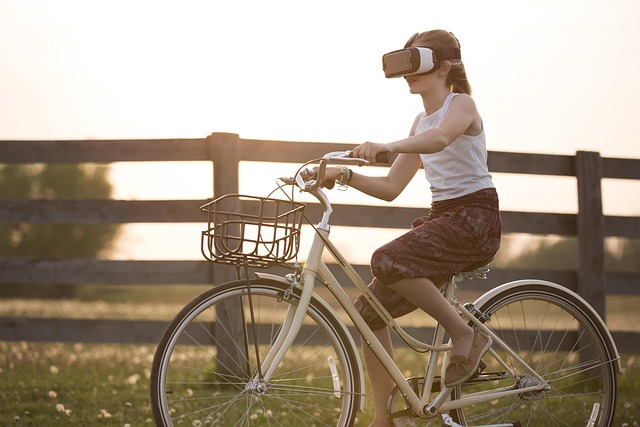In an era where technology constantly reshapes our lives, virtual reality in the service of learning presents an exciting frontier, especially in education. Imagine stepping into a world where complex concepts come alive, where students can explore ancient civilizations, dive into the depths of the ocean, or even traverse the surface of Mars—all from the comfort of their classroom.
Virtual reality (VR) is not merely a tool for entertainment; it is increasingly recognized as a transformative force in education. By immersing learners in interactive environments, VR enables them to grasp abstract ideas more concretely. For instance, medical students can practice surgical techniques in a risk-free, virtual operating room, enhancing their skills without jeopardizing patient safety. Similarly, history lessons can become dynamic experiences, allowing students to witness pivotal events firsthand, engaging them like never before.
Augmented reality (AR), often considered a sibling of VR, adds another layer to this educational transformation. By overlaying digital information onto the physical world, AR provides students with interactive experiences that bridge the gap between textbooks and real life. Imagine a biology lesson where students can visualize the human skeleton superimposed over their own bodies or a geography lesson that allows them to see 3D models of landscapes right in front of them. This blending enhances comprehension and retention, as learners are more likely to remember what they see and touch.
As we embrace the concept of the metaversum, the convergence of digital and physical spaces begins to take shape. The metaverse could serve as a vast educational playground, a space where learners interact with peers, instructors, and virtual environments simultaneously. This virtual ecosystem has the potential to foster collaboration across borders, bringing together diverse perspectives and enhancing cultural understanding. Students no longer need to be geographically bound to access quality education; the metaversum could catalyze universal learning opportunities.
Moreover, the social aspect of VR and AR cannot be overlooked. Engaging with peers in these environments replicates a sense of community and camaraderie that traditional learning sometimes lacks. The social interactions that occur during VR sessions can improve teamwork and communication skills, preparing students for the collaborative nature of the modern workforce.
However, the integration of virtual reality in the service of learning is not without its challenges. Educators must be trained to effectively implement these technologies, ensuring that they complement rather than replace traditional teaching methods. Furthermore, access to VR and AR tools must be equitable to avoid widening educational disparities. As we forge ahead, addressing these challenges will be crucial in harnessing the full potential of these innovative platforms.
In summary, the future of education is undeniably intertwined with the advancements in virtual and augmented reality technologies. By reimagining the learning experience, we can inspire students, ignite curiosity, and equip them with the skills they need for the challenges of tomorrow. The classroom of the future may very well be a vibrant tapestry of virtual realities, engaging learners in ways previously thought impossible.



